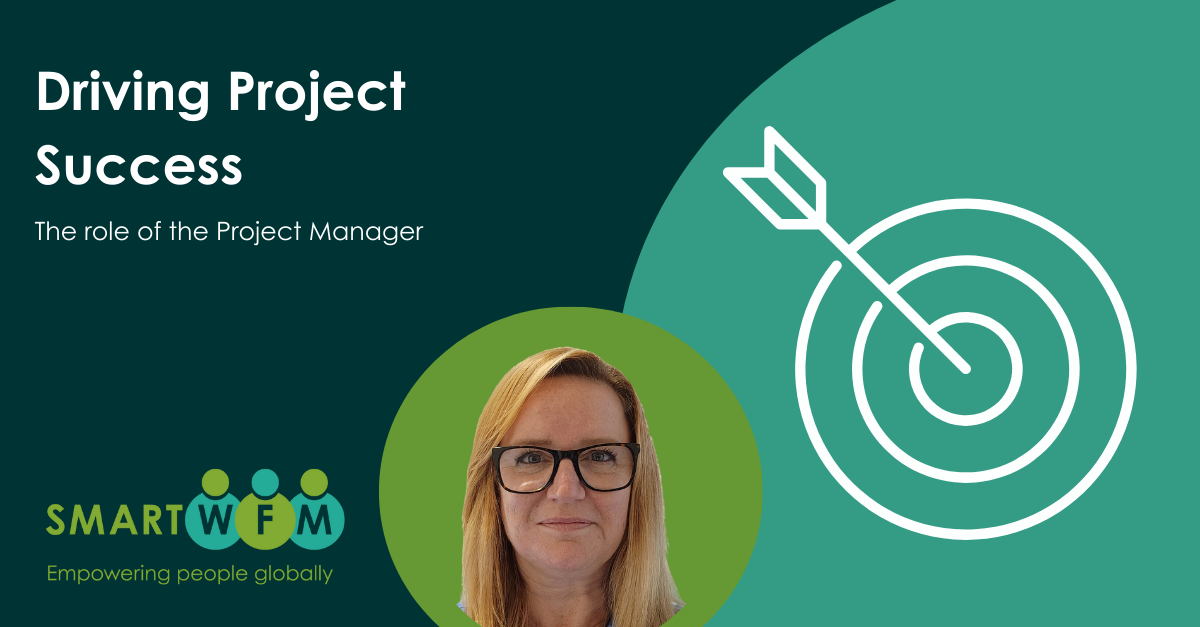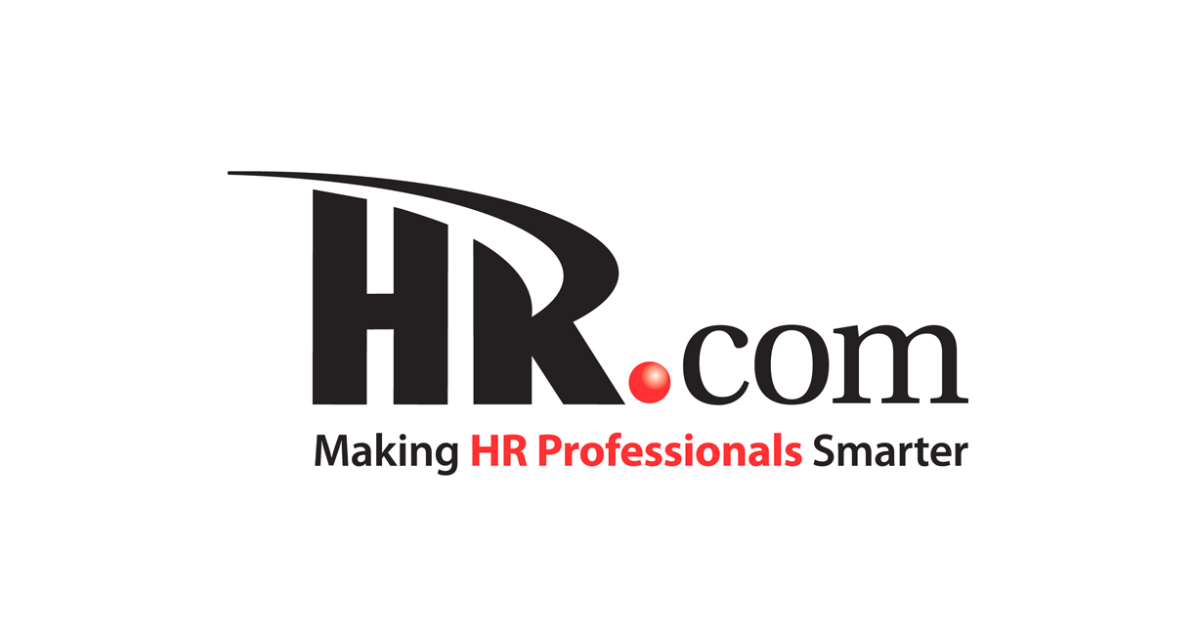4 min read
Do your people say 'we' or 'they' when talking about their job?
In a world where traditional office cultures are relics of the past, Jarrod McGrath talks about the evolving dynamics of workplace environments. The...

I’m writing this article on a plane bound for Las Vegas, to attend the 20th Annual HR Technology Conference and Expo. It will no doubt be a difficult and sobering experience for everyone participating in the event, although I feel strongly that we should all stand in solidarity with the people of Las Vegas, in their time of need.
As I ponder what lies ahead this week, I can’t help but reflect on the monumental changes I’ve observed in the digital workforce and economy, in just the past 12 months. Since starting my latest business venture, Smart WFM a year ago, I’ve attended lots of HR and WFM specific events, written and delivered keynotes on the topic and built close working relationships with many of the leading Workforce Management suppliers and customers in the market. This access has provided me with a birds eye view of the emerging trends, innovative opportunities and significant disruption which is rippling through this industry on a daily basis. I thought now might be as good a time as any for me to share a few observations on what I see happening in the market right now.
I have never seen the market filled with so many new, capable and disruptive product suppliers as I see today. The workforce technologies being developed currently are highly usable and designed to meet the needs of not just big companies, but many small to medium enterprise also. This recognises the fact that the digital workforce is becoming pervasive in every part of the economy.
These product suppliers are working furiously to develop and refine their tools and templates, to ensure implementation and configuration processes require the lightest of touches. This light touch approach allows the product suppliers to focus more closely on differentiation of their product by functional area, customer or industry perspective…what this equates to is both specialisation and personalisation, key requirements in today’s business environment.
It’s important to note that many of these vendors have large investors and/or venture capital companies backing them. In an increasingly SaaS dominated market, this has resulted in a race to acquire more customers at any cost, so that investors can realise their return on investment. While selling seats has always been a high priority with product suppliers the stakes are now higher, as more suppliers looking to secure a position in an already congested market.
Despite the explosion of products in recent years, few suppliers are able to truly meet the needs of enterprise clients with the provision of items such as account management, global implementation and support, multi lingual functions and industry expertise, to name a few areas.
My perspective: I see a product supplier consolidation rapidly approaching. Those product suppliers that will survive the cull, will undoubtedly be the ones who can adapt the quickest to their current and prospective customer and industry needs.
Many in the WFM industry believed that the need for consulting services was going to diminish or disappear completely, with the advent of cloud technology. It turns out the change wasn’t quite as substantial as some might have thought.
There’s no doubt that cloud technology often reduces the time spent on the upfront implementation of a project, with certain out of the box functionality and pre-configured solution components. The time to switch on and configure technology has reduced and the service time associated with many projects has lessened considerably. What it’s easy to forget however is the out of the box technology is only one consideration from a customer’s perspective.
Customers want help, they want guidance, support and best practices. They want a single throat to choke and an opportunity to avoid the potential project pitfalls, by learning from someone else’s mistakes, rather than having to repeat those mistakes themselves. This provides a greater opportunity than ever to deliver real business benefit, by reducing the focus on technology and increased the focus on the employee and the overall business outcomes.
Workforce solutions are at the core of delivering business benefits as they deal with the provision of operational efficiencies. What does that mean? We’re talking about real issues like employees requesting a shift swap, managers spending less time on operational rostering, so they can mentor their teams, customers receiving the efficiency benefits from staff who can concentrate on them, rather than drowning in admin work.
Customers are also becoming far more savvy about the benefits they are looking to achieve and many are opting for proof of concepts (POC) to ensure their business objectives can be better met, before making a purchasing decision.
Our recent POC with the fantastic team at T2, highlights this new trend that we’re observing. The POC enabled them to quickly align the business objectives to the workforce, understand the organisational change that was required to deliver the benefits and create a baseline which could be used to deploy and measure benefits globally.
My Perspective: It’s important to realise that workforce initiatives are first and foremost about people and only when the people have been considered, will you really achieve the required business outcomes. I see an increased need for service providers to look at the market through a customer lens and guide their customers along their workforce journey to achieve measurable value.
In summary I see the following taking place in the market
No doubt this market will continue to mature and evolve and I for one will continue to watch this evolution with great interest. One thing for sure, is that as the focus on technology lessens, there is a greater potential than ever to drive real business outcomes for customers. It’s going to be an interesting journey!
The plane is preparing for landing now, so I’d better sign off. I’m excited about the week ahead at HR Tech Conference and hearing the perspectives of some of the thought leaders and evangelist is our industry, people like Laszlo Bock, Steve Boese, Bill Kutik and Jason Averbook. In my next post I’ll share my observations on the conference and hopefully some nuggets of wisdom you may find valuable to improve your own workforce initiatives.

4 min read
In a world where traditional office cultures are relics of the past, Jarrod McGrath talks about the evolving dynamics of workplace environments. The...

4 min read
The Role of a Project Manager in driving successful WFM Projects Project managers play a powerful role in the implementation and governance of...

We need a mindset change on how we approach not just technology, but also people and processes in the workforce. Despite the prevalence and perceived...